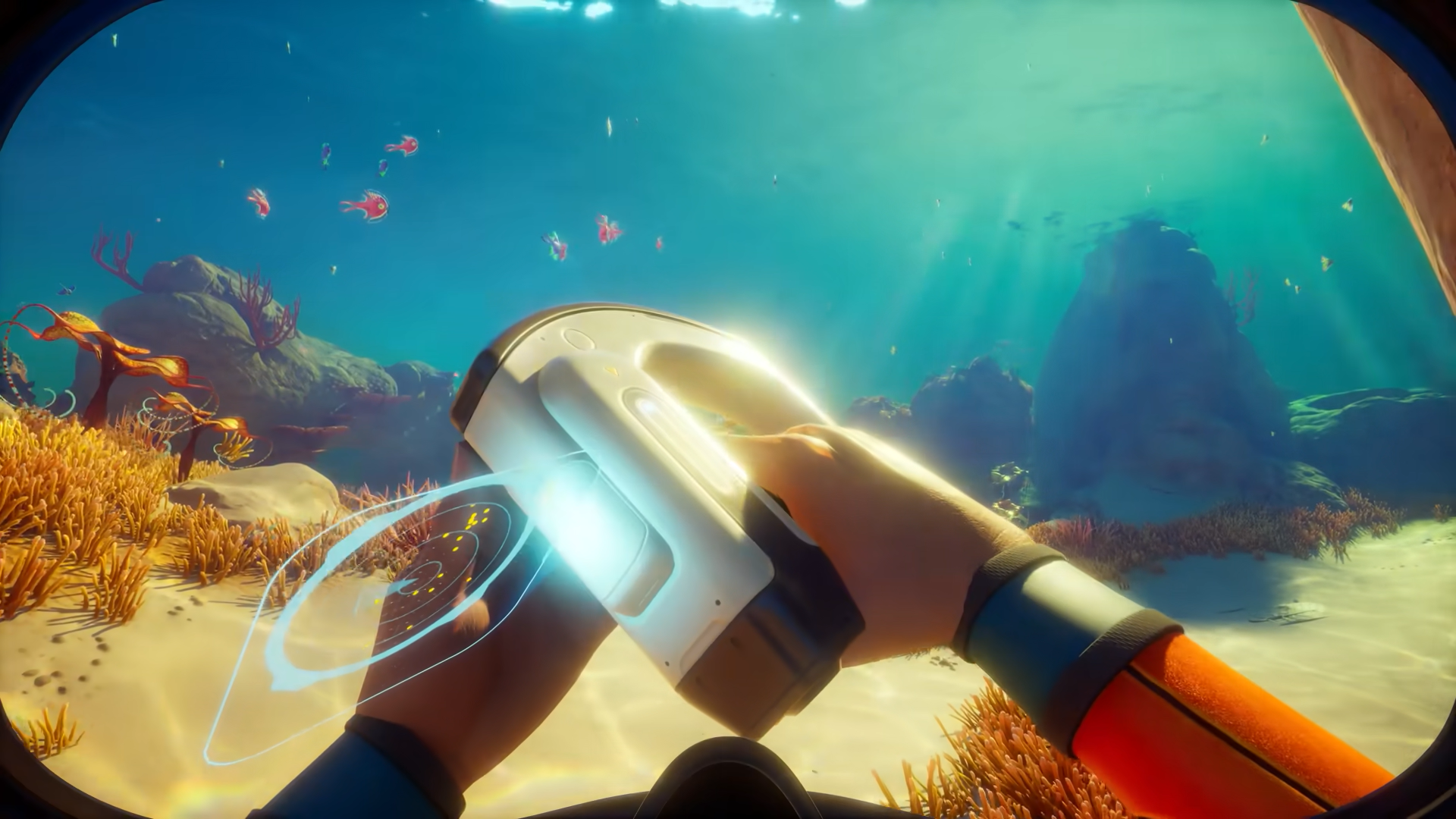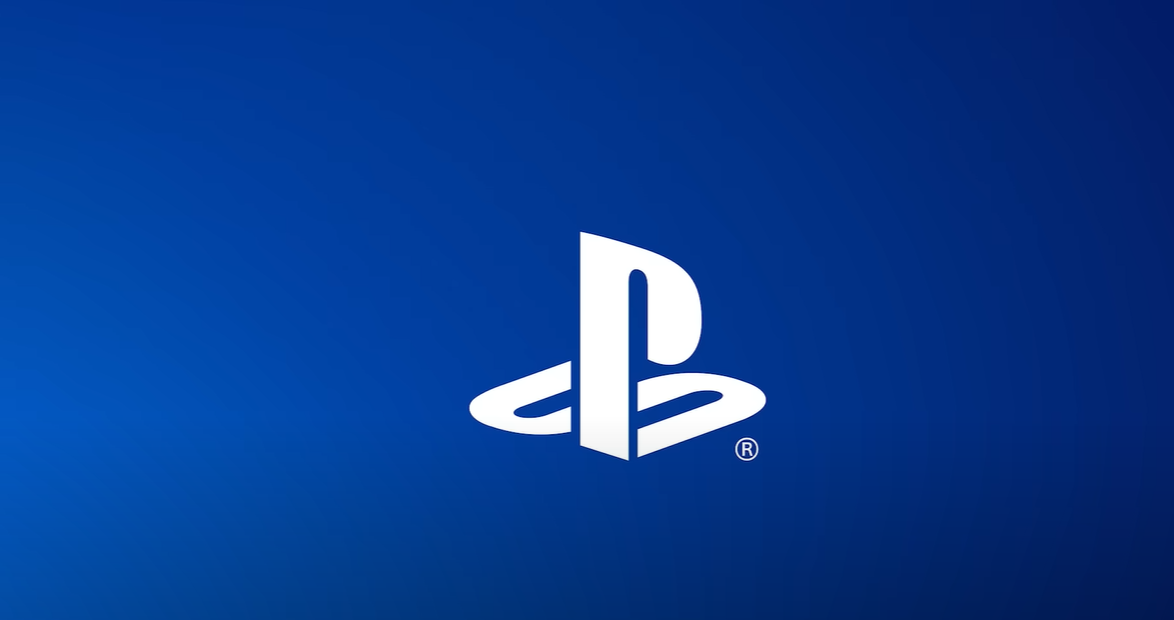Saying goodbye to pandemic binges, economic downturns, and changing consumer attitudes, the game market in 2025 has gotten into its stride.
With a user base of more than 3 billion around the globe, studios and platforms are looking to the safe bets, the smart remakes, and familiar brand recognition in hopes of expanding the market.
These are the major industry developments that are changing the face of games.
1. The Power of Established IPs
Original games are even in number, however, for 2025, existing franchises are what are leading the pack. It will be either The Last of Us Part III, Call of Duty 2025, or another Grand Theft Auto V remaster, yet publishers are counting on brand familiarity in generating revenues.
Why? Because game franchises owned by the likes of Mario, Zelda, Fortnite, and Minecraft have massive global audiences. Resurrecting or rebooting such games is guaranteed to experience return on investment — in a high-cost, high-risk development landscape.
Even lone studios are leaping into the mix, creating spiritual successors of cult games or constructing universes that already enjoy an enthusiastic following.
2. Remakes e Reboot estão no Cor
Nostalgia remains the goldmine. Whether the highly-acclaimed Resident Evil 4 Remake or Metal Gear Solid Delta: Snake Eater, the remake and remaster craze has by no means ever been larger.
These are all now handled blockbuster respect, with brand-new engines (like Unreal Engine 5) being employed in recreating mainstream games at AAA-class fidelity. It’s the new looks, accessibility, and improved game mechanics that the fan base enjoys themselves even as the developers reduce creative risk by starting with a successful prototype.
3. 3+ Billion World Game
With more than 3 billion active gamers as of mid-2025, the global audience fueled by Asian mobile gaming, African console penetration, and North American/European supremacy by the PC has altered the game development, localization, and revenue dynamics.
- All the games are free-to-play or subscription.
- Cloud gaming (specifically with the likes of Xbox Game Pass and NVIDIA GeForce Now) is penetrating rural markets.
- It isn’t anymore optional, though, but the norm.
- Rwanda to Philippines players are now in the international game – a clear indication that the market isn’t borderbound at all.
4. Dialogues of the Future: AI, Ethics,
Aside from the game, change and nostalgia is all about 2025. Game developers, media, players are talking about:
- Game AI (from the actions of nonplayer characters to procedurally generated levels)
- Company ethics, especially after the widespread dismissals and crunch culture revelations
- Sustainable development, from low-power transmitters to carbon-free studios
These are not buzzlines – they are dictating the companies’ game development, game advertising, and game operation.
Final Considerations: The New Normal
The game industry is not just staying healthy in fact, but changing. Its markets are international, development has become concentrated, and innovation has followed from the compression of technologies along with consumer demands for access, ethics. Proceeding through the latter half of the year 2025, we can all be sure of one thing: the future of the game industry will be built neither just on technology, but on trust, inclusion, and community.











Leave a Reply